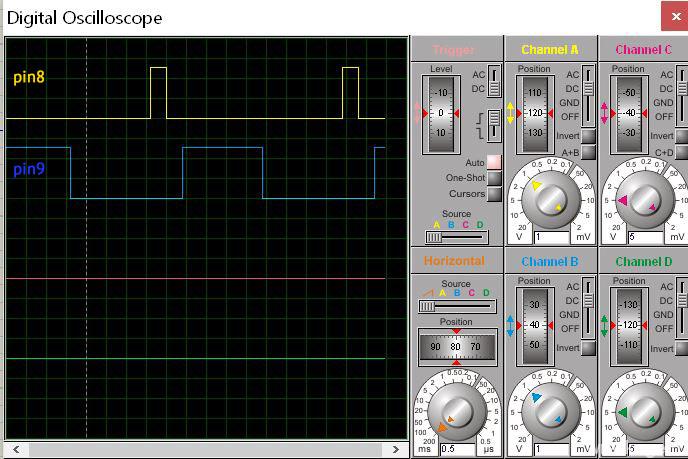


The second block of code declares the buzzer as output and the output of the PIR motion sensor as input. The second line chooses the pin for the input pin, which represents The first block of code chooses the pin for the buzzer, which is pin 12. The following code, or sketch, will turn on the buzzer on pin 12 when the sensor detects motion: So that it knows to turn on the buzzer when motion is detected. Program for Arduino Motion Detector CircuitĪfter we connect the USB from the arduino to the computer, we are ready to write the code that the arduino board will need uploaded to it The anode connects to pin 12 and the cathode connects to ground. The buzzer we will power connects pin 12 and ground of the board. Receives a voltage signal, which can then trigger another device to turn on, such as a buzzer we will use for this circuit. When the sensor detects motion, the output is HIGH and the arduino When the motion detector does not detectĪny motion, the output is LOW and the arduino receives no voltage signal. PIR motion sensor gets the 5V that it needs to power on and operate.Īnd it is through pin 2 that the arduino receives output from the motion sensor. With this connection, pins 1 and 3 are powered with 5V by the arduino, so it is through these pin connections that the Pin 1 of the motion sensor connects to the 5V DC voltage terminal of the arduino. The schematic diagram of this circuit is:

The arduino motion detector circuit we will build is shown below:
ARDUINO DELAY 30 SECONDS SOFTWARE
This way, we can programĪnd upload software for the arduino board to follow. The type A side connects to the computer you will be using and the type B plugs into the arduino USB slot. You will need a USB with a type A connector at one end and a type B connector at the other. Once you know where it canĪnd cannot detect, you can place it in an optimal place where it can detect in areas where you want it to.īesides this sensor, we need a buzzer which we will light when motion is detected.
ARDUINO DELAY 30 SECONDS TRIAL
A lot of it is trial and error and experimenting. Not able to detect your movement, meaning your out of its angle scope. See at which angles it can detect your movement and at which angles it is Is when the circuit is built, try moving around through all of its angles. This means it can measure 110° vertically (from top to bottom) and 70° horizontally (from left to right). This sensor has a sensitivity range up to 20 feet (6 meters) and a 110° x 70° detection range, making it a wide This way we can know when it has detected motion or not. It can power a load, such as an LED to light. When no motion is detected, its output low and it gives off practically no voltage. This is where the output of the PIR will leave from. Pin 2 is the Output pin of the PIR module. We connect the negative terminal of the power source to this pin, for Pin 3 is the negative DC voltage or ground pin of the device. We will then feed this voltage into pin 1 of the PIR module. This can be obtained from switching a DC power supply to 6V or using 4 'AA' batteries connected in series. The PIR motion sensor needs between 5V-9VDC of power for operation. Pin 1 is the pin which receives the positive DC voltage.


 0 kommentar(er)
0 kommentar(er)
